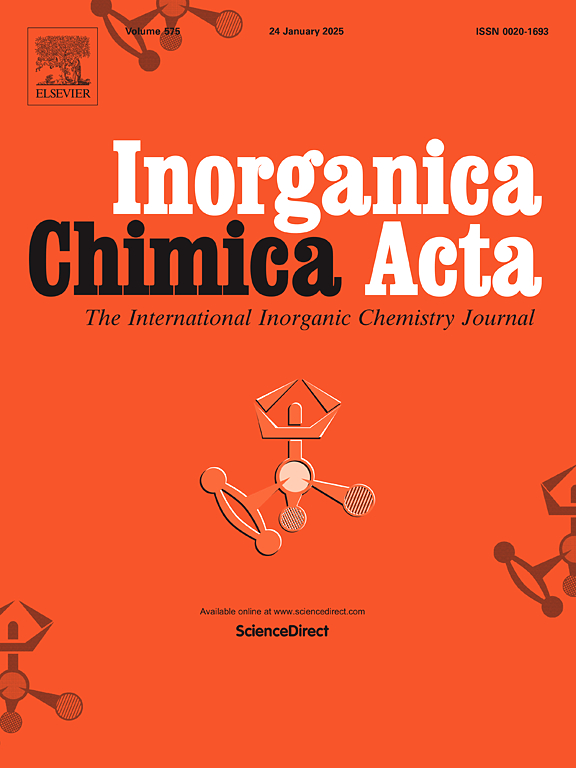Nickel complexes of NHC and phosphorus ligands in catalyzing CH bond functionalization reactions
IF 2.7
3区 化学
Q2 CHEMISTRY, INORGANIC & NUCLEAR
引用次数: 0
Abstract
Organometallic catalysts have made serious inroads to achieve a number of synthetically valuable organic reactions that would otherwise seem impossible to materialize. Despite the enormous success of 4d and 5d metals (e.g., Ir, Pd, Rh) in various catalytic systems in the last several decades, they have made partial headway into this field due to their scarcity and cost-ineffectiveness. To overcome these obstacles, complexes containing relatively abundant, affordable, and more environmentally benign 3d metals, such as iron, nickel, and cobalt are being explored for utility in different organic transformations. Recently various research groups have investigated the prospects of these transition metals in catalyzing the C![]() H bond functionalization reactions. Such reactions enable the synthesis of various biologically active compounds, including the naturally occurring compounds, pharmaceutical drug molecules and agriculturally essential products. These base metals provide a new technique for the formation of C
H bond functionalization reactions. Such reactions enable the synthesis of various biologically active compounds, including the naturally occurring compounds, pharmaceutical drug molecules and agriculturally essential products. These base metals provide a new technique for the formation of C![]() X bonds (X = Carbon or heteroatom) in an extremely controlled and selective way without the requirement of pre-functionalization. This review discusses the detailed synthetic procedures of nickel-catalyzed functionalization of inert C
X bonds (X = Carbon or heteroatom) in an extremely controlled and selective way without the requirement of pre-functionalization. This review discusses the detailed synthetic procedures of nickel-catalyzed functionalization of inert C![]() H bonds, in presence of N-heterocyclic carbene ligands and phosphorus-based ligands, thereby forming important organic synthons containing different C
H bonds, in presence of N-heterocyclic carbene ligands and phosphorus-based ligands, thereby forming important organic synthons containing different C![]() X bonds (X = Carbon or heteroatom).
X bonds (X = Carbon or heteroatom).

求助全文
约1分钟内获得全文
求助全文
来源期刊

Inorganica Chimica Acta
化学-无机化学与核化学
CiteScore
6.00
自引率
3.60%
发文量
440
审稿时长
35 days
期刊介绍:
Inorganica Chimica Acta is an established international forum for all aspects of advanced Inorganic Chemistry. Original papers of high scientific level and interest are published in the form of Articles and Reviews.
Topics covered include:
• chemistry of the main group elements and the d- and f-block metals, including the synthesis, characterization and reactivity of coordination, organometallic, biomimetic, supramolecular coordination compounds, including associated computational studies;
• synthesis, physico-chemical properties, applications of molecule-based nano-scaled clusters and nanomaterials designed using the principles of coordination chemistry, as well as coordination polymers (CPs), metal-organic frameworks (MOFs), metal-organic polyhedra (MPOs);
• reaction mechanisms and physico-chemical investigations computational studies of metalloenzymes and their models;
• applications of inorganic compounds, metallodrugs and molecule-based materials.
Papers composed primarily of structural reports will typically not be considered for publication.
 求助内容:
求助内容: 应助结果提醒方式:
应助结果提醒方式:


